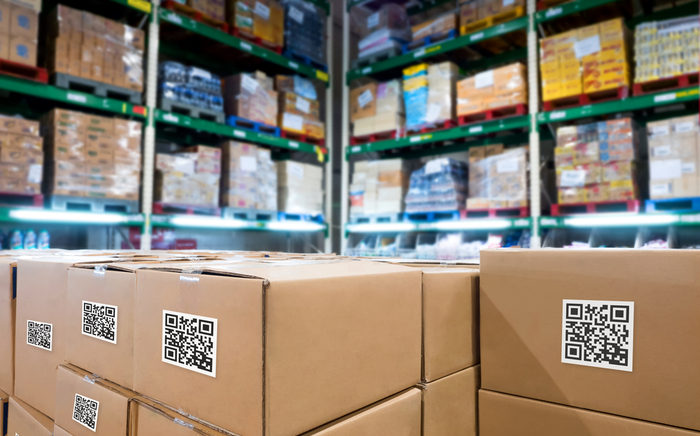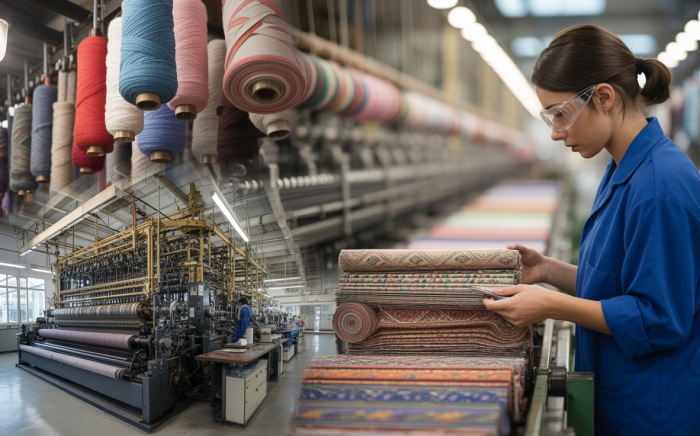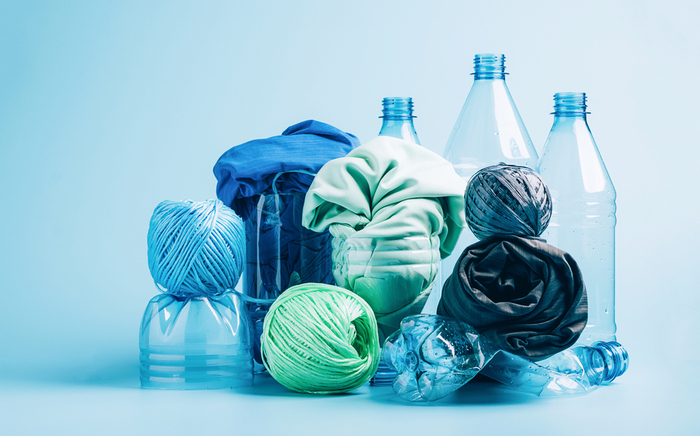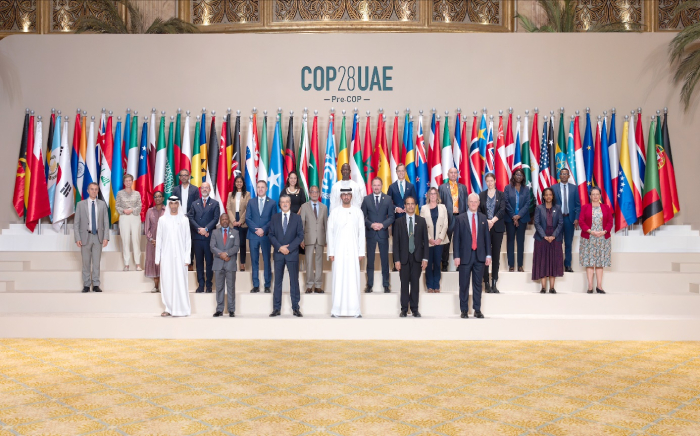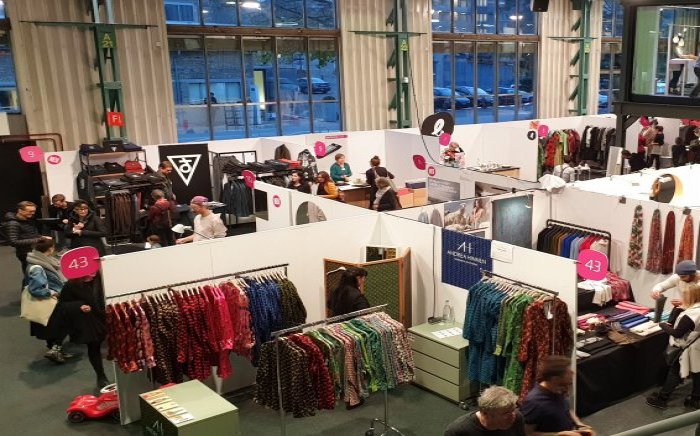In these turbulent times, the economic situation of the textile industry - being globally connected – is also impacted. During the last 2 years our industry has been through different crises – caused by the Covid pandemic – starting a recovery, and now, as a result of the war in the Ukraine, energy price peak, inflationary pressures and a decrease in consumer confidence different stakeholders in textile industry give their statements as below:
Supply chain & raw material issues
Many brands and retailers have highly-priced and high volumes of inventories. Selling at loss is likely and will lead to foreclosures. Consumer demand is low as inflation and higher interest rates reduce the available income for the purchase of consumer goods.
Energy
2023 will see the European industry short on gas, leading to price hikes. Manufacturing textiles in the 2nd half of 2023 in the EU will become unprofitable, resulting in foreclosures.
Default risks are at their highest, while some factories are urgently trying to equip themselves with solar panels. The gas and electricity crisis is also a source of tension within the European textile industry: some countries, like Spain and Portugal, have been able to decouple electricity prices from gas prices, so as to minimise energy bill increases. A distortion of competition that is causing for example French producers to gnash their teeth in anger.
Sustainability & climate protection
Energy transition and sustainability rules & regulations will increase the cost to serve the markets for European Industry, making it less competitive globally and resulting in foreclosures.
Climate change affects us all and time is slipping through our fingers. A lot has happened in the textile industry in recent years, but there are still many tasks ahead. The current energy crisis can become a driving force and stimulus here.
Recycling gap from end-of-life product to spinnable fiber
Worldwide, not even 10% of all raw materials are recycled. The goal is to turn the textile end product back into a spinnable fiber. If we look closely, recycled polyester for clothing is currently often obtained not from a textile, but from bottle flakes - in other words, from a different cycle. The material mixtures from which textiles are made are problematic. These cannot always be separated into their components. This is precisely where there is still a great need for action in new process technologies that close the last "gap" in the circular economy.
Lack of Qualified Employees
The central challenge of the coming year is the uncertain product price situation, and the continued search for qualified employees which has already been difficult for years. To attract talent, the apparel industry must increase minimum wage, eliminate unpaid internships, and hire from wider circles. Last year, for instance, LVMH committed to training 25,000 young people from all backgrounds through internships, apprenticeships and permanent opportunities.
In the apparel textiles and home textiles segment, no significant growth seems possible for the foreseeable future. This is still possible in almost all areas of technical textiles, which is why a current survey shows that in 2023 almost 70% of companies want to invest in new energy-efficient and more flexible machines and systems.
The core challenge and future opportunity in 2023 will be the implementation of digitalization in the supply chains in order to restore reliability and predictability for customers and end-users.
Unnecessary textile waste
Despite the significant environmental cost of producing garments, much of it is deposited into a landfill within 12 months. Globally, fashion creates 40 million tons of textile waste annually, according to the Ellen MacArthur Foundation, and much of it is unnecessary — despite cotton’s recyclable nature, less than 1% of cotton materials were recycled in 2020.
If fashion is to reduce its volume of waste, it will require closed-loop systems that keep garments in constant circulation. To achieve this will require changes to the way garments are designed, with a focus not only on recyclability but also on the ease of collecting and sorting.
Transformation of global sourcing
Rising raw materials costs are also beginning to leave traces on the international sourcing map. Enmeshed in the scandal of its treatment of Uighurs, and because of the inconsistency in output volumes caused by the zero-Covid policy, China is seeing Western orders shift towards its neighbours.
Changing desires
Gen Z and Millennial shoppers are expected to drive the industry’s recovery, with fashion among the top three categories where they are set to spend. However, attracting these customers will require a commitment to innovation. In fact, according to Context Consulting, half would prefer greater technology use in retail over lower prices. Leading brands are beginning to explore opportunities such as blockchain and digital fashion as interest grows in fashion NFTs and virtual worlds. With 71% of consumers willing to shop more with brands that incorporate augmented reality into the customer journey, this is an area retailers must also consider.
Spiralling returns
The pandemic caused a spike in e-commerce shopping rates. However, customers are also returning a larger portion of purchases, with 20.8% of goods now returned on average, according to the National Retail Federation — up 96% since 2020.
Fashion must take action to reverse this trend, with 30-40% of online fashion purchases typically returned, according to PwC.
To reduce fashion e-commerce return rates, brands must analyze their returns data to uncover patterns and learn customer behaviors and characteristics that are likely contributing to the issue. More often than not, retailers will find product clarity is the primary issue, with up to 70% of returns due to poor fit or style. Here, practices such as importing visuals, providing comprehensive sizing information, and implementing features such as live chat to assist customers in finding their right size can help.
Source
https://www.textiletechnology.net

 Back to Blog
Back to Blog




